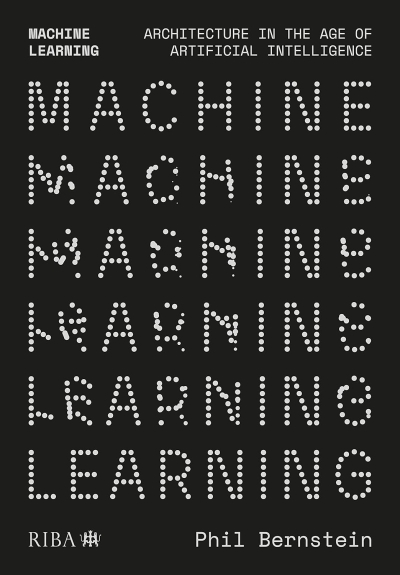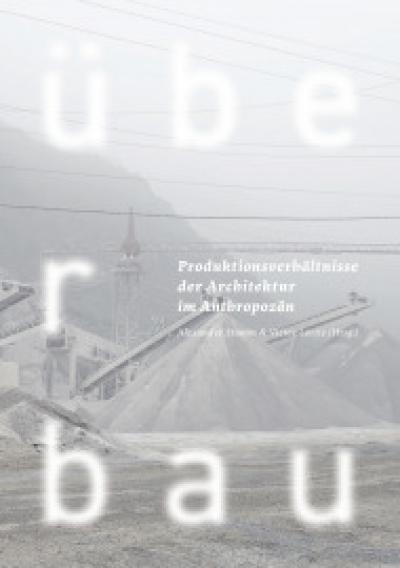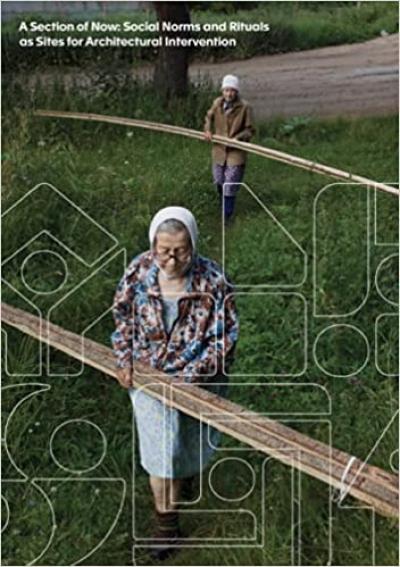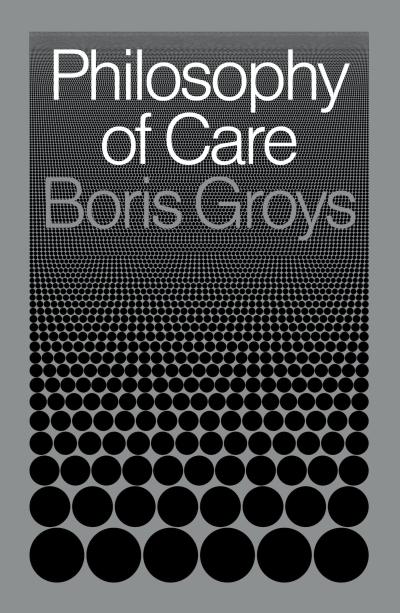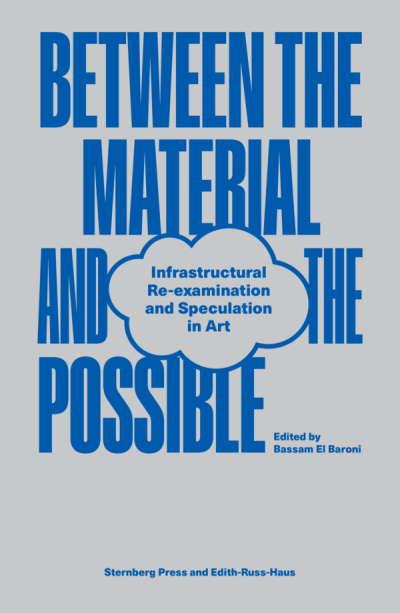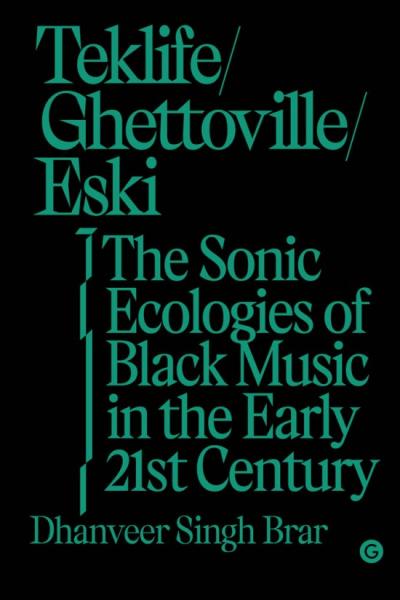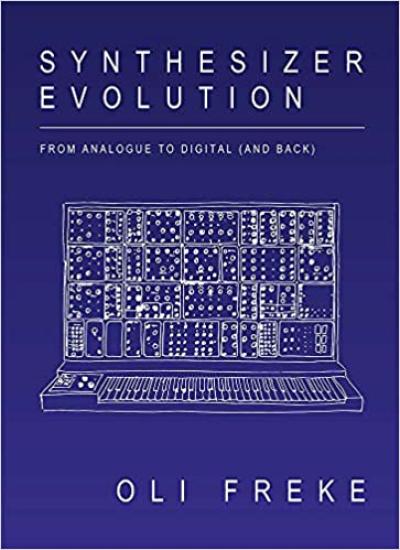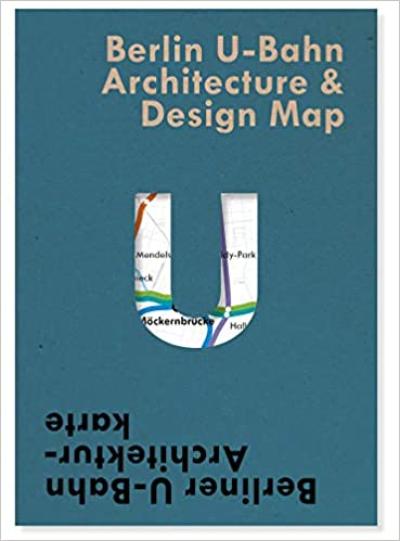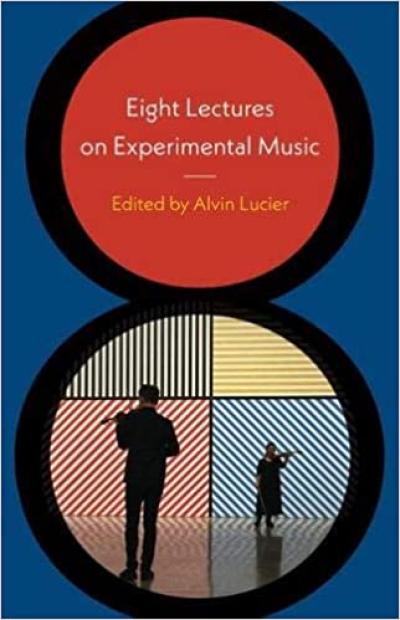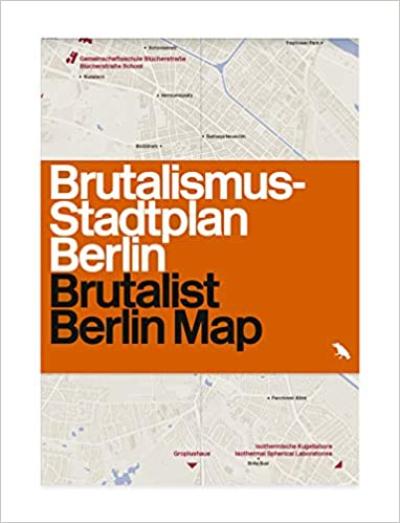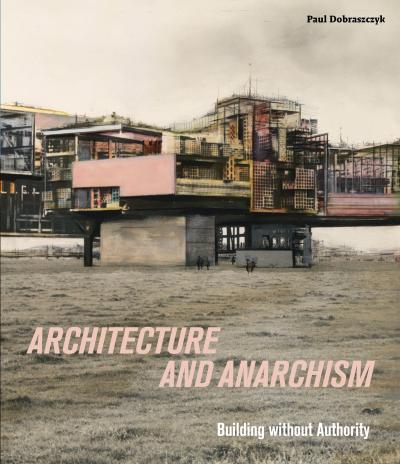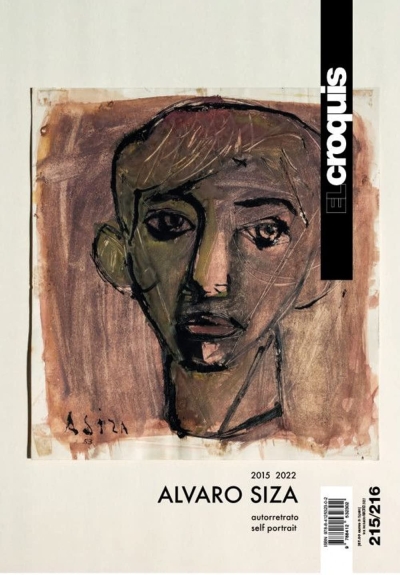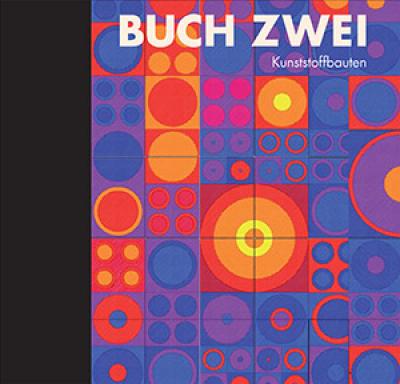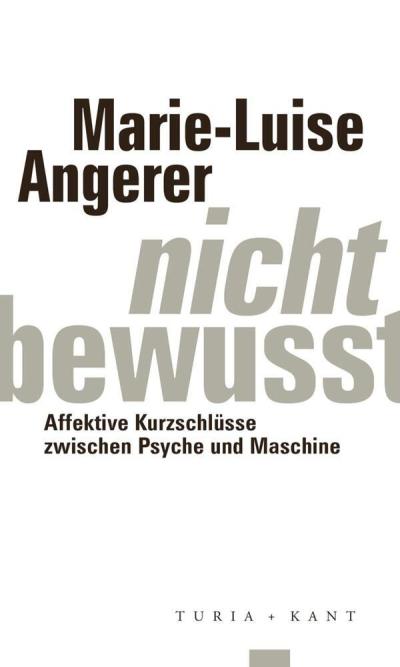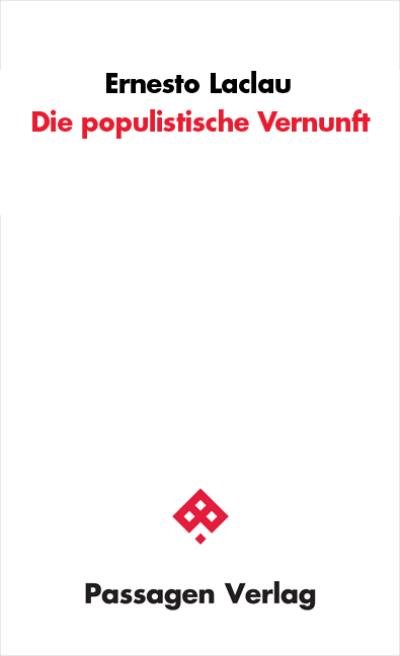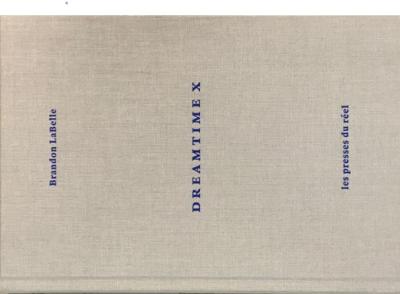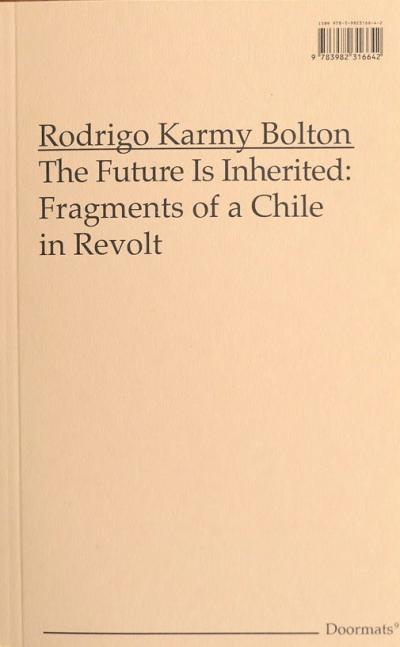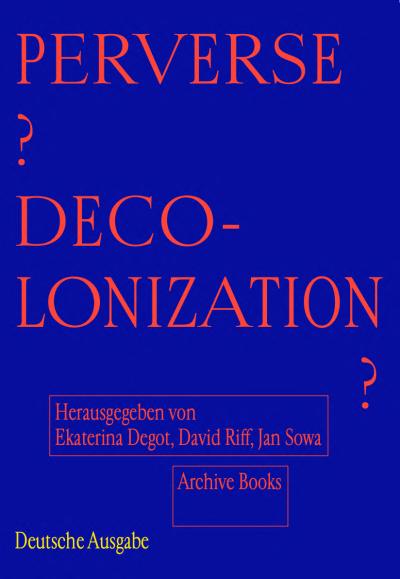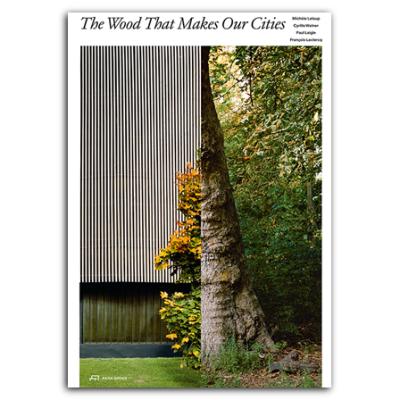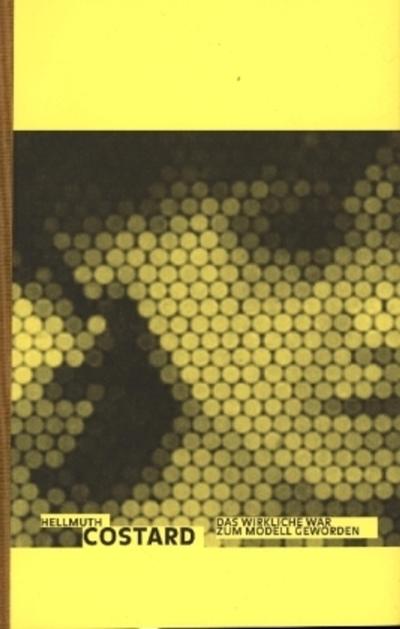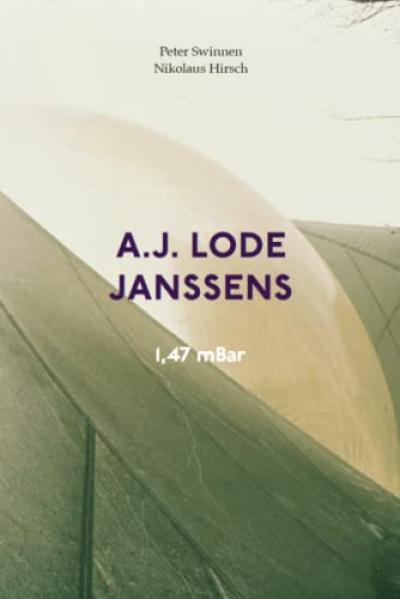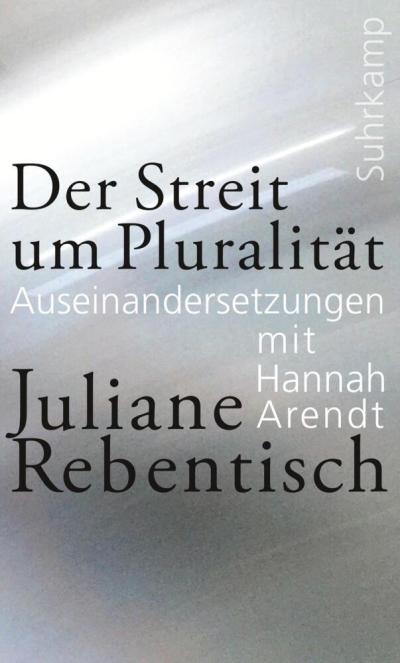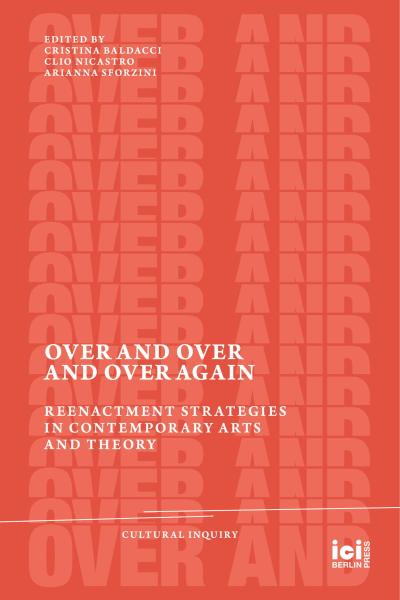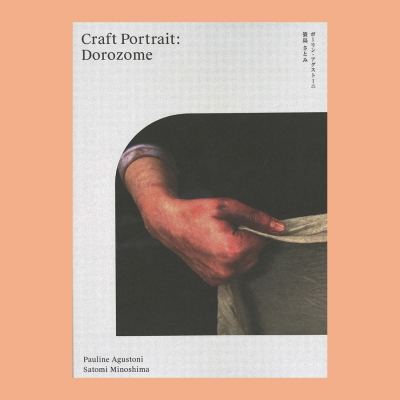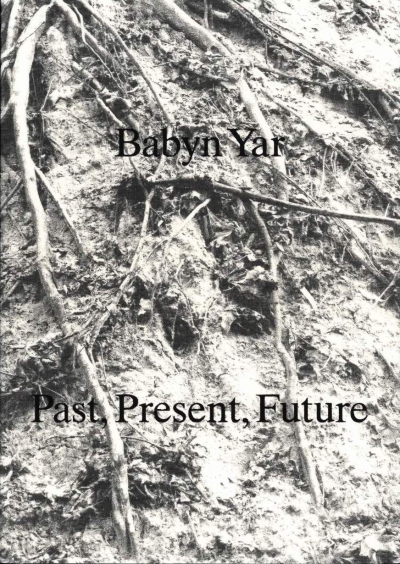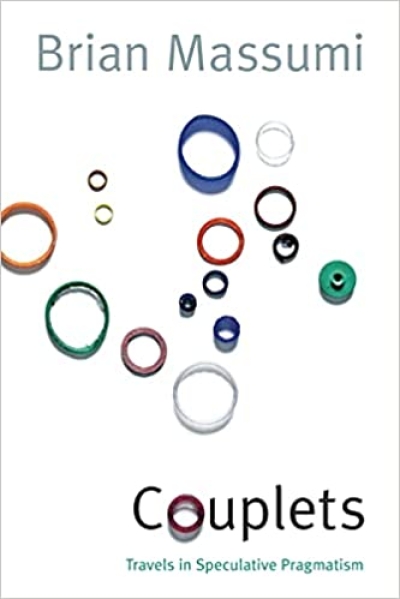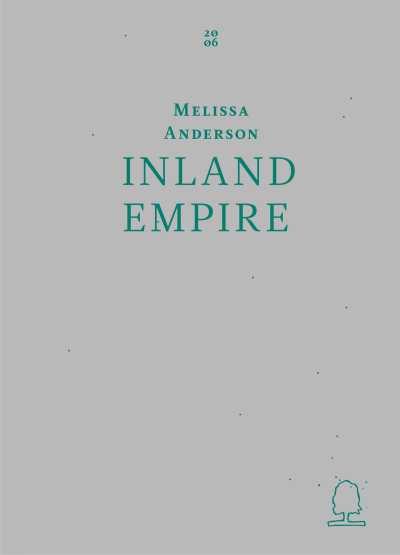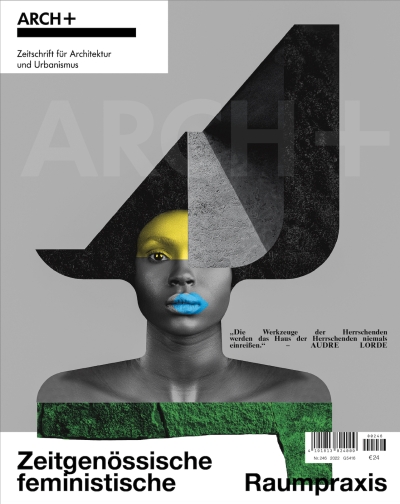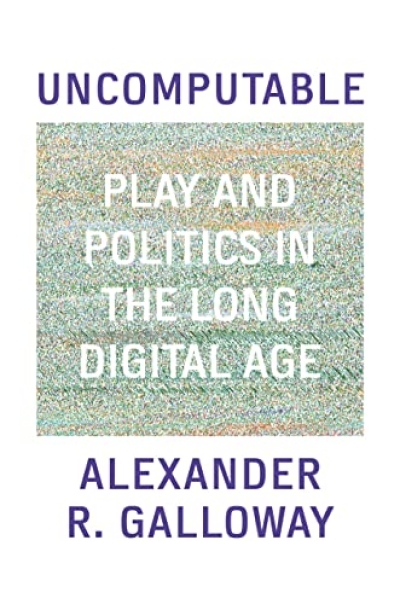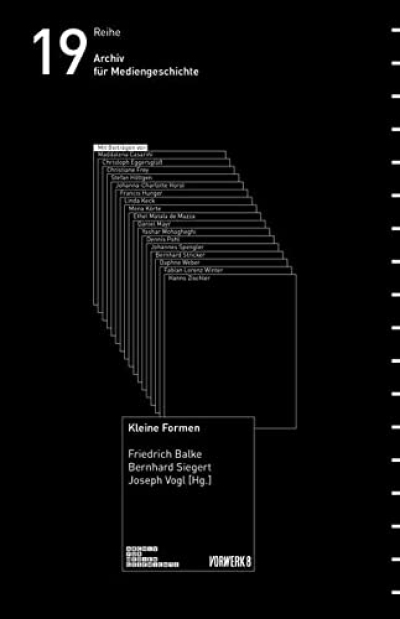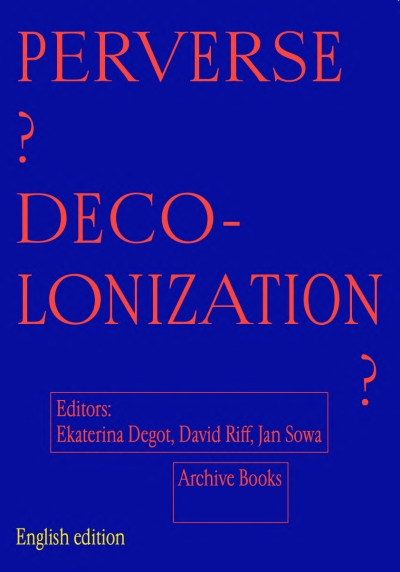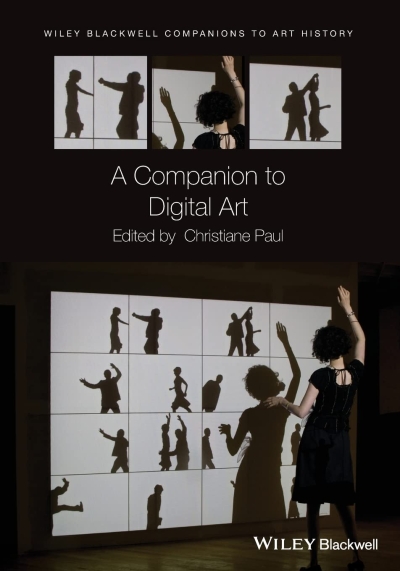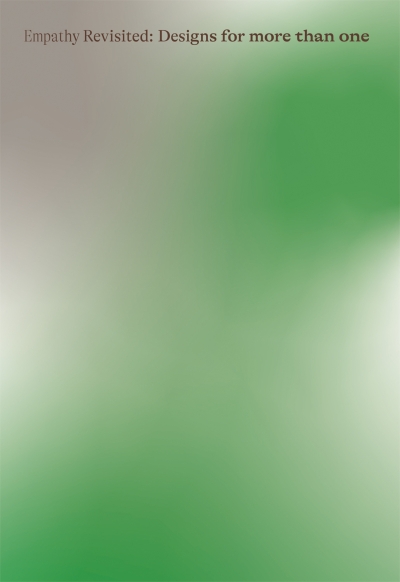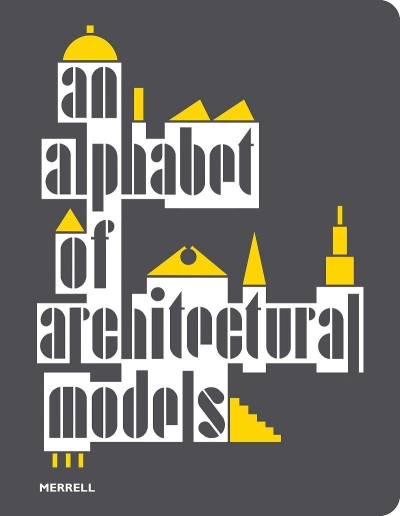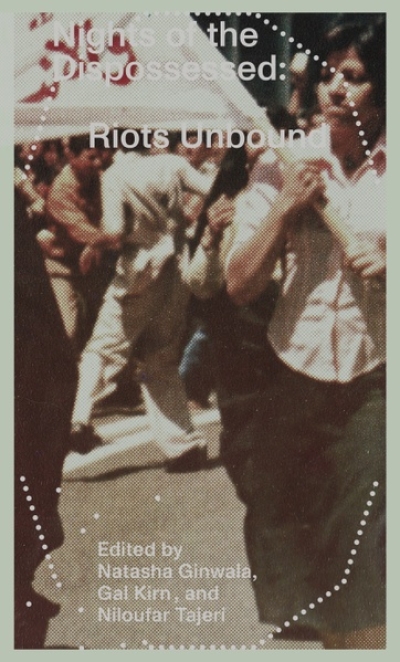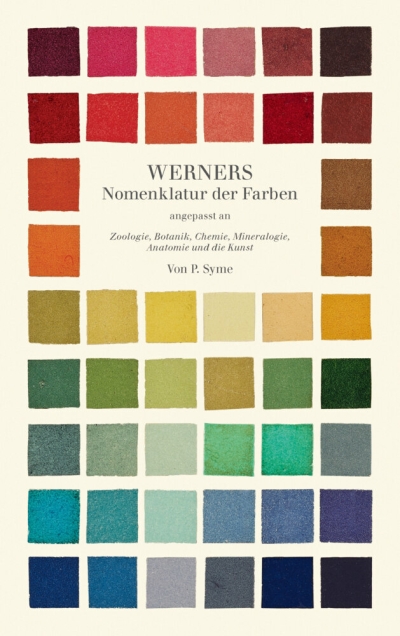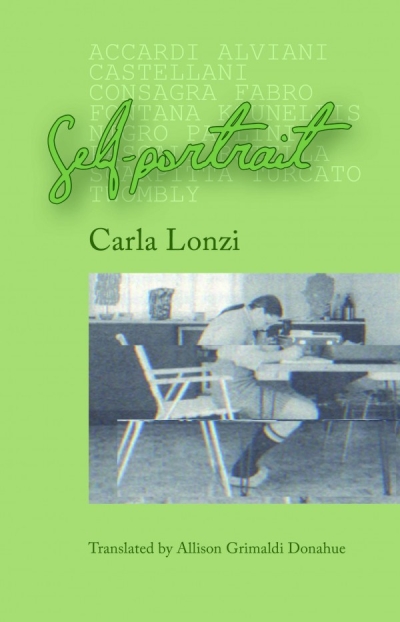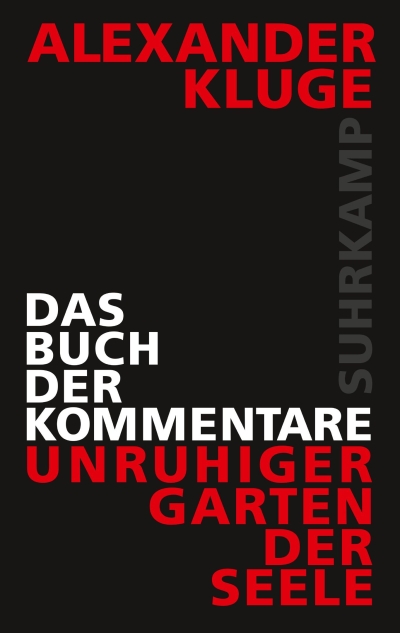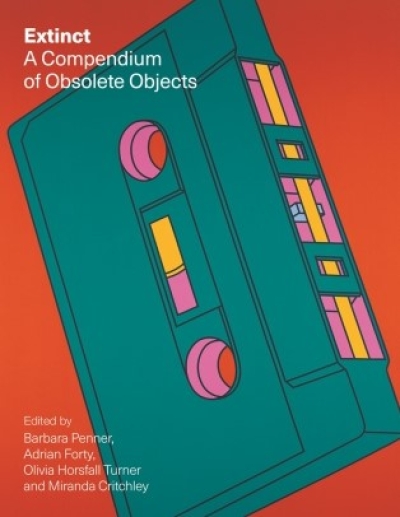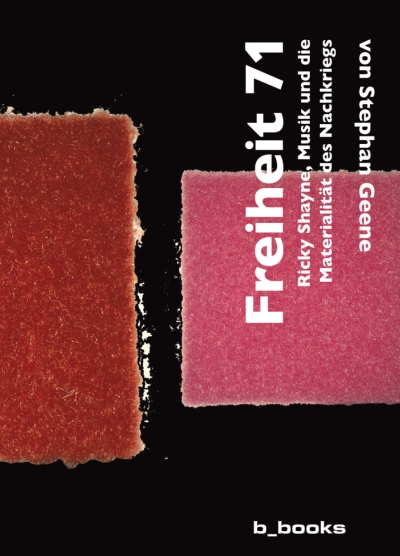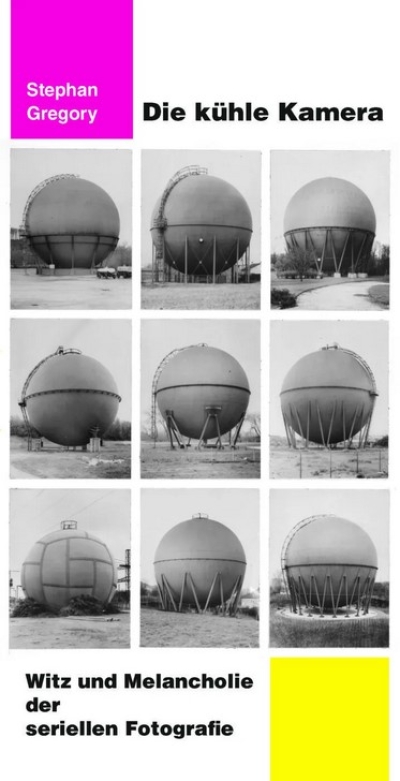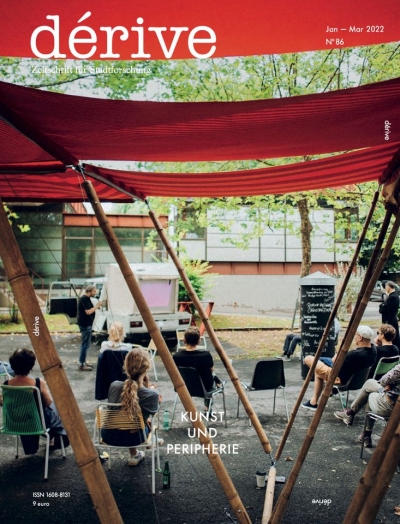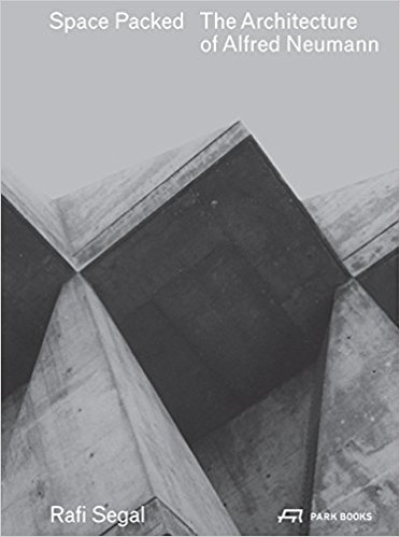
Space Packed: The Architecture of Alfred Neumann
Alfred Neumann (1900–1968) wurde in Wien geboren und bildete sich in Brünn, Wien und Paris zum Architekten aus. Neben Aufenthalten 1926/27 in Berlin, wo er mit Peter Behrens zusammenarbeitete, und 1928/29 in Paris war er zunächst vor allem in Brünn tätig. Von den Nazis wurde er ins KZ Theresienstadt deportiert, kehrte nach Kriegsende wieder nach Brünn zurück, bis er nach der Machtübernahme durch die Kommunisten in der Tschechoslowakei 1948 nach Israel emigrierte. Hier gehörte er zu den prägenden Architekten, welche die Moderne und insbesondere den Bauhaus-Stil in Israel verankerten und so massgeblich zur Baukultur des jungen Staates beitrugen. Ab 1965 bis zu seinem Tod lebte er im kanadischen Quebec. Obwohl zu seiner Zeit international vielbeachtet, war er in Israel stets umstritten und geriet bald wieder in Vergessenheit.
Diese erste Monografie über Alfred Neumann überhaupt stellt sein Werk kritisch und analytisch vor, basierend auf einer mehrjährigen Forschungsarbeit zu seinen Schriften, Bauten und nicht realisierten Projekten. Rafi Segal beleuchtet Leben und Schaffen eines Architekten, dessen originelle Entwürfe stark vom vorherrschenden Streben nach Einheitlichkeit abwichen und ihn zum Aussenseiter werden liessen.
Alfred Neumann (1900–1968) was a Czech architect whose work was wrought in the context of postwar modernism and the establishment of the State of Israel in 1948. Today, his influence and impact have been largely forgotten, but, in their time, Neumann’s original designs received praise and elicited controversy in almost equal measure, offering exciting new possibilities to the modernist mainstream.
Space Packed renews attention to this pioneering architect who made a vast contribution to modern architecture and had a lasting impact on Israel’s broader architectural culture. Drawing on Neumann’s writings and close study of both built and unbuilt projects, Rafi Segal discusses the development of Neumann’s architectural theory and methodology and documents his built works from the 1950s and ’60s against the backdrop of contemporary architectural discourse and the demands of the newly created State of Israel. The book also features a complete, chronological catalog of Neumann’s buildings and designs, fully illustrated, including many previously unpublished photographs, drawings, and sketches.
The first book to provide a detailed account of Neumann’s work, Space Packed celebrates the career of this highly skilled and innovative architect, and it will be welcomed by architects and architectural historians.


